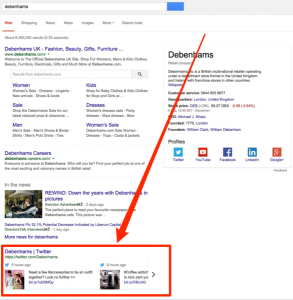Acquiring new clients is an exciting and promising step for all businesses; how can you smoothly transition them into their new relationship with your company?

To create a long lasting and successful relationship with new clients, a comprehensive client activation process must be in place.
What should be included in this client activation plan? Check out our three biggest recommendations below.
Complete Client Onboarding
The first step to activating a new client is to complete the client onboarding process. Onboarding is the process of getting clients and your team up to speed so you can work together efficiently and effectively.
If you don’t have a client onboarding process, now is the time to implement one. If you do have a process already in place, this is a great time to review it.
There are several steps to include in a successful onboarding process.
- Assess the client’s needs: it is imperative to understand your client’s needs to know how your business can best help them. Sending the client a questionnaire is a simple way to learn more about their specific needs.
- Determine your best employees for the account: matching the right employees to the account helps create a better experience for your client. Assign an employee with experience in the client’s industry or a similar personal interest to the account. This is an instant way to create a connection between your business and the client.
- Brief your team on the new client: it is crucial for your team to be familiar with a client to give them the best customer experience possible. Plan a briefing session with employees who will be working on the new account. Use this time to cover essential information about the client and the services your business will be providing to them.
- Plan a kickoff call: a kickoff call is a great way to make sure you and the client are on the same page about client needs and the services you are providing them. It is also a good time to introduce the client to your team, and for your team to show their expertise.
Continue to Provide Value
Another way to continue activating new clients is by providing added value. Added value is giving the customer products or services in addition to what they have purchased. These products and services do not have to be a major expense to your company to make a big impact on your clients.
There are several easy ways to add value to your service for your customers.
- Training and educational tools: providing your clients with materials to learn more about how your services or products can best benefit them is a great way to add value. Your clients feel that you are a trusted source for information, and they may realize that they are not taking advantage of all the services you offer that could assist them.
- Client feedback: gathering client feedback is valuable to both your business and your clients. Using forms or questionnaires to collect suggestions and praise provides your business with useful information and gives your clients a way to voice concerns. Using this information, your business can make adjustments to better serve existing and future clients.
- Frequent buyer programs: implementing a frequent buyer program rewards clients for their purchases with your company. You can offer discounts or free services after clients have spent a certain amount, or used your services a certain number of times. Not only does the client get added value, it encourages clients to spend more with your business.
- Bundling/packaging: creating bundles of your services or products that offer a slight discount can give add value to your clients’ experience with your business. It is also a great way to motivate clients to purchase a higher tier of service or products.
The Sale Doesn’t End There
Once you have finished onboarding and have provided added value for your new clients, you have finished the activation process. However, the sale doesn’t end there.
Retaining clients is important to any business, and there are several things you can do to keep clients coming back for more.
- Set expectations: let the client know upfront what they can and cannot expect from you, within reason. This can include timeframes to expect deliverables, how much of a lead time you need from the client, the best way to communicate with each other. Setting expectations at the beginning of the relationship puts both client and you on the same page and sets the relationship up for success.
- Create a real relationship: clients want to feel important to your company, and one way to create this feeling is by having a real relationship with the client. Try not to make them feel rushed during phone, email, or in-person conversations, listen carefully, and deliver on your end. If you have shared personal interests, you can use them to connect with the client.
- Go above and beyond: delivering beyond what the client is expecting is a great way to increase loyalty. This could be anything from getting deliverables to them early to offering a surprise discount. The key to this is to over deliver – not over promise. Do not make promises to your clients that you know you can’t keep.
- Anticipatory service: a new take on customer service is anticipatory service. This just means anticipating and solving problems before they become an issue. One simple way to do this is to call the client just to check in and make sure they are having a good customer experience. You can also send an email reminding them of their upcoming needs of your services or products.
With proper onboarding, added value, and retention techniques in place, your business will be positioned to have long lasting and successful relationships with all of your clients.
Business & Finance Articles on Business 2 Community
(35)
Report Post








